Cleaning Up America’s Power Plants
Carbon dioxide emissions are one of the largest contributors to air pollution and climate change and the United States is responsible for the largest per capita emissions of carbon dioxide in the atmosphere. The main carbon emission sources in the U.S. are electricity production and power plant operations. It is necessary to regulate the direct sources of carbon dioxide emissions in order to prevent further irreversible damage to our environment and society. It is time for our nation’s carbon emissions to drastically decline in order to prevent dramatic climate events and destruction to our living environment.
The United States has about 6,000 electricity generating power plants, most of which are coal fired and emit a significant amount of carbon dioxide into the atmosphere. These power plants alone account for 41% of the total U.S. carbon emissions. A report by Environment America which ranked the top 100 dirtiest power plants in America, states that about half of those carbon emissions come from the 100 dirtiest power plants. The top 50 dirtiest plants alone produced 30 percent of all power-sector carbon dioxide emissions, but only generated 16 percent of electricity nationwide in 2011, which illustrates the urgency to increase efficiency. The report also states that if the top 50 dirtiest power plants in the United States created their own country, it would qualify as the seventh-biggest polluter in the world. That is just a small fraction of the power plants currently operating in our country. A main reason these coal power plants in the U.S. are exceptionally dirty is because until recently, there have been no federal policies in place to put limits on emissions.
Listed below are the top 5 dirtiest power plants in the U.S. in terms of amount of carbon dioxide they emit:
Georgia Power Company’s Plant Scherer
Alabama Power Company’s James H. Miller Jr. Plant
Luminant Generation Company’s Martin Lake Plant in Texas
Union Electric Company’s Labadie Plant in Missouri
NRG Texas Power’s W.A. Parish Plant
The report from Environmental America has made suggestions to address the lack of regulation on these dirty power plants. The first steps towards reducing emissions were in 2012 when the Environmental Protection Agency (EPA) issued the first-ever pollution standards for new power plants. This summer President Obama has directed the EPA to establish carbon pollution standards for existing power plants by 2015. Finalizing these regulations will help get the United States in the right direction towards reducing emissions and preventing worsened impacts of climate change in the future.
The report also suggests that local, state and federal policies be put in place to increase energy efficiency, promote clean energy technology and reduce carbon emissions from all sources. Adopting a federal renewable electricity standard that calls for 25% of America’s electricity to come from clean, renewable sources will help reduce emissions significantly. The report also advocates installing over 200 gigawatts of solar panels and other forms of distributed renewable energy in residential, commercial and industrial buildings.
If the United States is able to adopt new renewable standards and clean up their power plants, it will have a noteworthy impact on global carbon dioxide concentrations. These regulations will encourage increased efficiency and emission reductions while creating momentum towards preventing severe climate change.
These policy plans for power plants in the U.S. are just a few years off from implementation and will ultimately help us reduce carbon emissions on a large scale. Looking forward, once the Obama Administration finalizes the necessary federal regulations, there will be a cleaner future.

